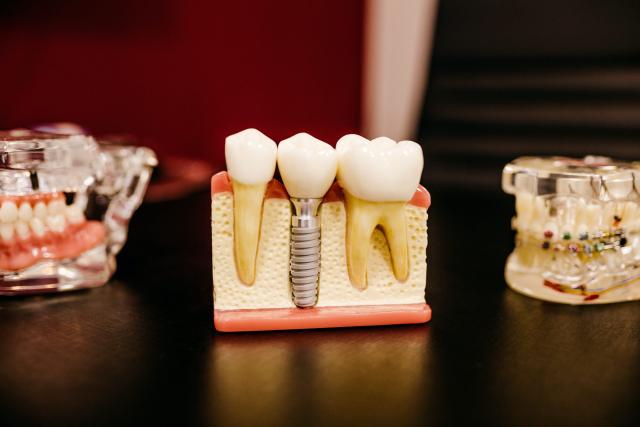How safe is a dental implant? Proven safe and effective at replacing missing teeth, contemporary dental implants have been in use for more than 30 years. Dental implants are typically made of titanium, a biocompatible material that is accepted by the body and serves as a strong and sturdy foundation for replacement teeth.
How many years do dental implants last? A crown, however, is rated to last about 10 to 15 years before normal wear can cause the tooth to require replacement, although excellent dental hygiene could extend the life beyond 15 years. Mouth location is also a factor in the expected longevity of a dental implant.
Cone-beam computed tomography systems (CBCT) are a variation of traditional computed tomography (CT) systems. The dental CBCT systems rotate around the patient, capturing data using a cone-shaped X-ray beam. These data are used to reconstruct a three-dimensional (3D) image of the following regions of the patient’s anatomy: dental (teeth); oral and maxillofacial region (mouth, jaw, and neck); and ears, nose, and throat (“ENT”).
Dental CBCTs are increasingly used by dental professionals for various clinical applications including dental implant planning, visualization of abnormal teeth, evaluation of the jaws and face, cleft palate assessment, diagnosis of dental caries (cavities), endodontic (root canal) diagnosis, and diagnosis of dental trauma.
